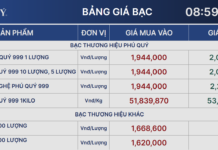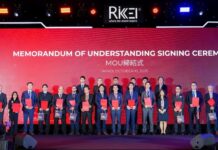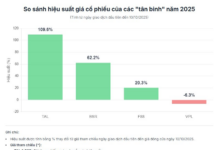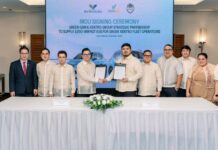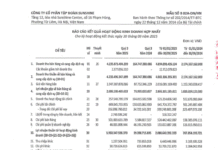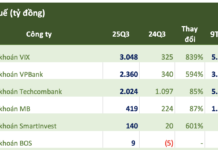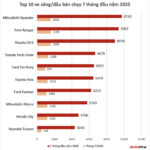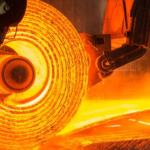The draft National Technical Regulation on Corporate Average Fuel Consumption (CAFC) standards for newly produced, assembled, and imported automobiles in Vietnam sets an ambitious target. By 2030, all automobile models sold in the country are expected to achieve an average fuel consumption rate of 4.83 liters per 100 kilometers. This target is considered overly stringent and beyond the reach of most current vehicle models on the market.
Stringent Fuel Consumption Standards
However, this goal has raised significant concerns among manufacturers. The Vietnam Automobile Manufacturers’ Association (VAMA) believes that this standard is overly strict and could significantly impact and transform the entire Vietnamese automotive industry.
According to VAMA’s research, with the target of 4.83 liters per 100 kilometers by 2030, most traditional gasoline-powered vehicles (ICE) and even some hybrid vehicles (gas-electric) currently available in Vietnam will fail to meet this limit. Specifically, 96% of traditional gasoline-powered vehicles and 14% of hybrid vehicles will not comply with the standard.
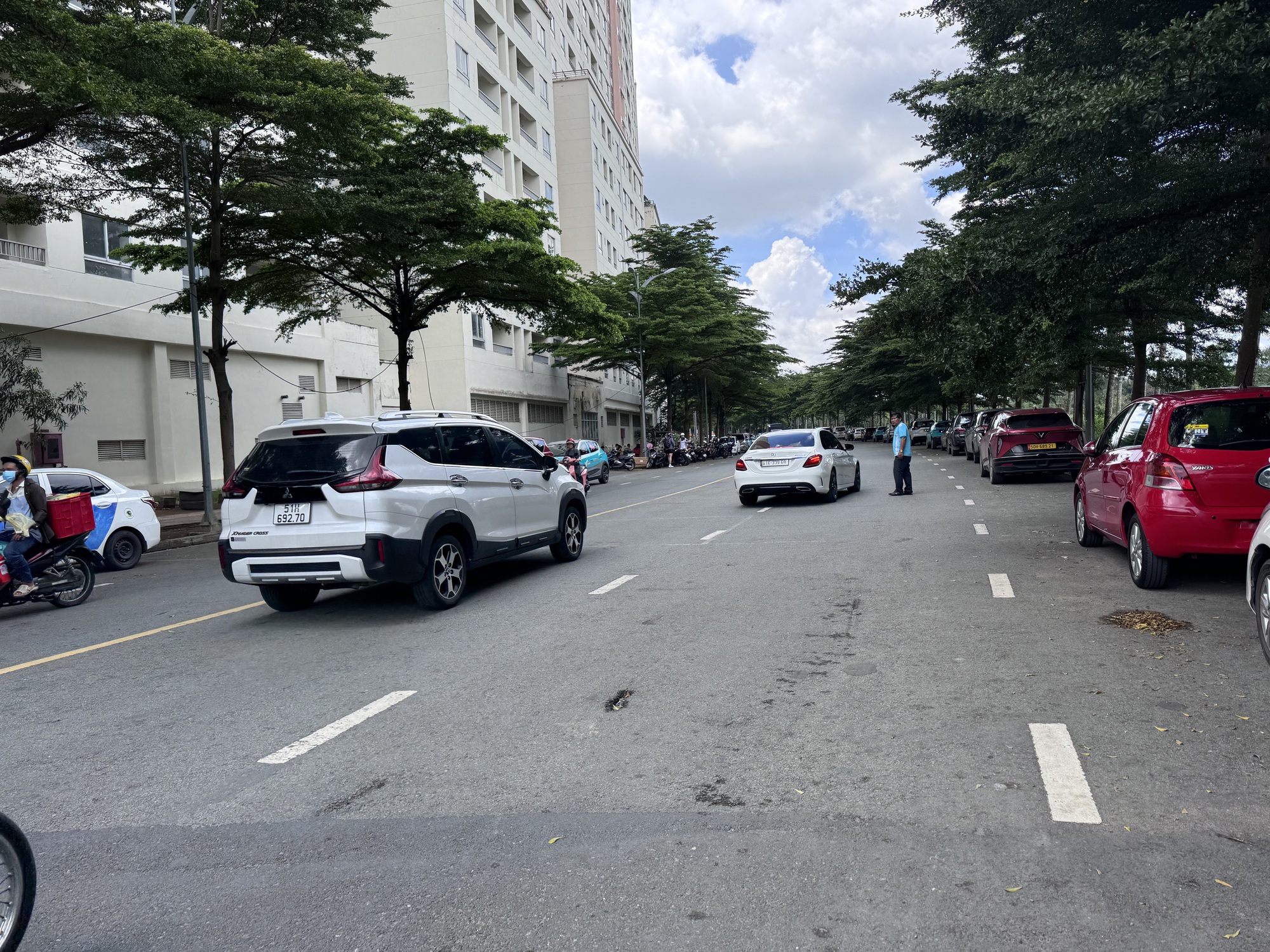
96% of traditional gasoline-powered vehicles are at risk of being phased out
Additionally, during the 2026–2030 period, most VAMA members will not be able to meet the average fuel consumption target for their entire enterprise in the first year and throughout the regulation’s implementation phase, despite proactive efforts in product technology transition.
To meet the 4.83 liters per 100 kilometers fuel limit, automakers will have to discontinue up to 96% of their current traditional gasoline-powered vehicle models.
Alternatively, to maintain sales volume, businesses would need to drastically increase the production of electrified vehicles (hybrid, plug-in hybrid, and fully electric vehicles) by approximately 868% within a very short period (about five years), which is impractical.
VAMA argues that such a rapid transition is infeasible given the limited infrastructure for charging stations and the electricity grid, coupled with consumers’ unfamiliarity with electric vehicles. This situation will severely affect the automotive industry, employment, consumers, and state budget revenue.
Proposal to Increase Fuel Consumption Target
In light of these challenges, VAMA proposes a more flexible implementation roadmap, suggesting a target of 6 liters per 100 kilometers by 2030. According to VAMA, with this roadmap, Vietnam can still achieve its commitment to reducing 15.66 million tons of CO2 emissions by 2030, as outlined in the 2022 NDC. Additionally, this scenario will have a less significant impact on the market compared to the 4.83 liters per 100 kilometers scenario.
By adopting this roadmap, automakers will still need to make considerable efforts in product structure adjustment (reducing gasoline-powered vehicle production by about 34% and increasing electrified vehicle production by at least 366%), but it will be more feasible.
Not only VAMA but also associations and regulatory agencies from the United States and Japan have provided similar feedback. These associations agree that the current target is overly stringent and recommend extending the adjustment and transition period to give manufacturers more time to adapt.
Specifically, the American Automobile Dealers Association (AAPC) proposes that Vietnam maintain the target of 6 liters per 100 kilometers by 2030 and consider implementing the 4.83 liters per 100 kilometers target by 2035. The Japan Automobile Manufacturers Association (JAMA) also concurs with VAMA’s proposal of 6 liters per 100 kilometers. JAMA further requests an extension of the production adjustment period from three years to five years, as the development of new electric and fuel-efficient vehicles typically requires about five years.
Mitsubishi Xpander: On Track to Become Vietnam’s Best-Selling Gasoline Car of the Year
Although the Mazda CX-5 and Ford Ranger gained traction in July, the Xpander maintained its stronghold as the best-selling gasoline/diesel car of the year. With a significant lead over its competitors, the Xpander continues to dominate the rankings, showcasing its consistent performance and popularity among consumers.
“Which Province Becomes Vietnam’s Automotive Manufacturing ‘Bigwig’ Post-Merger?”
Hưng Yên has emerged as the epicenter of automotive manufacturing in Vietnam, housing three industry giants and taking the lead in the number of car factories across the nation.
A Leading Thai Corporation with 2,500 Ha of Land is Developing Projects in Bien Hoa, Long Thanh, and Ha Long – Plans to Invest in a Hundred-Hectare Industrial Park in Phu Tho
The Amata Group is set to invest in the Doan Hung Industrial Park, with a vision to develop it into a smart city model by 2030. With a focus on innovative infrastructure and sustainable practices, the group aims to create a thriving, technologically advanced hub that will serve as a benchmark for future industrial developments.
“Contrarian Chairman Akio Toyoda Proves His Point on Hybrid Vehicles: Major Automakers Scaling Back on Electric Cars, the Rise of Hybrids Begins.”
The pursuit of electric vehicle dreams is no longer a priority for some automakers, with Honda being a notable example of a company that has officially stepped back from this ambitious goal.

